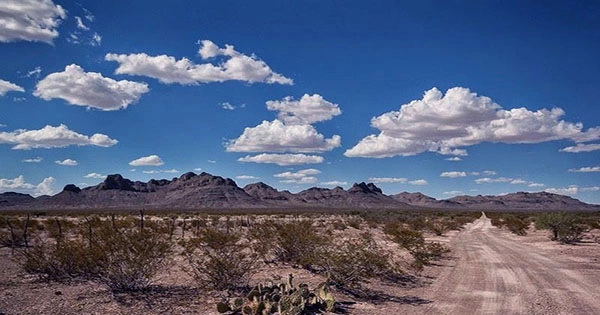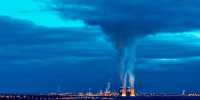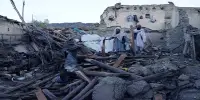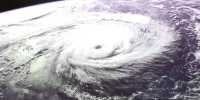The Earth is a large and unusual planet. There are spots where temperatures can fluctuate between 50°C (58°F) in one month and approximately +39°C (102°F) in another; in Oregon, there is a sinkhole that appears to have no bottom; and there are literally dozens of islands that are ruled by cats. Despite this, we continue to feel the need to establish areas like the Mapim Silent Zone.
You might wonder what the Mapim Silent Zone is. Imagine it as Mexico’s version of the Bermuda Triangle on land. It is a small area of desert in Durango’s Mapim Biosphere Reserve that is only 50 kilometers (31 miles) across. And it’s strange if local lore is to be believed. really strange.
Geraldo Rivera, a Chihuahua UFO investigator, told Atlas Obscura that “there are lots of accounts of aliens and unexplained flying objects in the Zone.” “In the Zone, people frequently get lost. Tall blond beings can materialize out of nowhere when this occurs.
The region is said to be inhabited by bands of supermodel extraterrestrial Vikings, and it even has a name: la Zona del Silencio, or the Zone of Silence. According to the urban legends that surround the location, it is so full of odd and unusual magnetic waves that radio transmissions and other communication signals cannot be relayed.
All of this seems incredibly eerie and strange, but is it real? While there have undoubtedly been a number of extraterrestrial visitors to the region over the years, none have been tall and blond; rather, they have all been spherical and rocky. In the 20th century, at least three distinct meteorites struck the region during about the same number of decades: one in 1938, one in 1954 (which, astonishingly, struck the same ranch as its predecessor), and one in 1969.
The oddest object to ever strike the Mapim Silent Zone, however, wasn’t those three independent meteorite strikes; that was an Athena rocket launched by the US Air Force from Green River, Utah, into the planet’s upper atmosphere in July 1970. It should have crashed in New Mexico, but instead, it did so in the first film, smack in the middle of the Zone of Silence.
Nobody is certain of what caused the rocket to deviate so far from its intended path, but the incident generated a media frenzy that cemented the Silent Zone’s place in the public’s consciousness for years to come.
Along with hundreds of locals employed by the US Air Force, Wernher von Braun, the Nazi scientist who helped launch the US space program, visited the crash site to inspect it. According to Benjamin Palacios, proprietor of a UFO-themed ranch close to the Zone, a 28-day excavation effort was started when the rocket was found. “Americans [brought] temporary dorms, labs, restaurants, and medical facilities, and set[t] them up right here in the desert,” he said.
He informed Atlas Obscura that “they even built a runway to deliver freight directly to Houston.” They transported tons of material by rail.
So, the location had all the ingredients for a good conspiracy theory to take off: an unexpected rocket accident, a covert clean-up operation, and a history of extraterrestrial activity. But the real surprise came in 1966, when an oil company explorer and his shoddy radio gave the region the enigmatic name we now know it as the Silent Zone.
But why would the location interfere with radio signals so much? The subterranean magnetite deposits and meteorite debris, according to the local zoneros who pursue the tales and lead tourists through the Zone, are interfering with transmissions. Local scientists, however, had a different response.
Andrea Kaus, whose doctoral research focused on the Mapim Biosphere Reserve, told HowStuffWorks, “Neither I nor anyone with whom I spoke (aside from the zoneros) experienced any trouble using either their radios or compasses while working in the Reserve.”
The triangles are a common pattern variety in the Bolson tortoise populations, and the nopal coyotillo pads change color to a violet hue during a dry season, according to the claims of mutations.
















